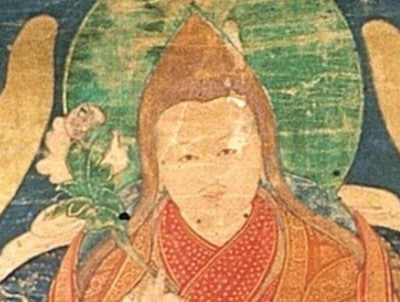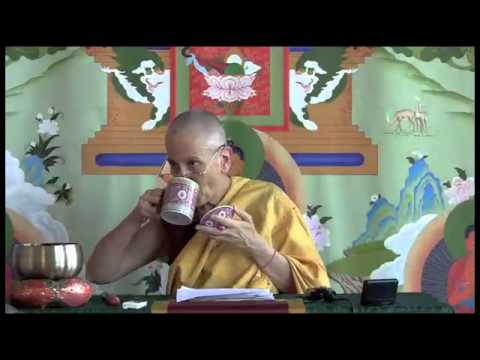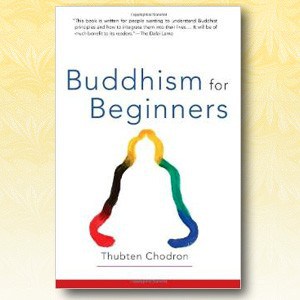Quiz 3: Grounds and paths
Quiz 3: Grounds and paths

Part of a series of teachings on the text A Brief Presentation of the Grounds and Paths of the Perfection Vehicle, Essence of the Ocean of Profound Meaning by Jetsun Lobsang Dadrin (1867-1937). The questions for the final quiz.
- How are the exalted wisdoms of meditative equipoise directly realizing emptiness of Fundamental Vehicle aryas and of arya bodhisattvas similar? How are they different?
- What is a bodhisattva ground?
- In terms of what factors are the ten grounds differentiated?
- Describe the Mahayana path of seeing: its meditative equipoises, subsequent attainments, minds that are neither. Give examples of each. What is abandoned on the Mahayana path of seeing?
- How are uninterrupted paths and liberated path similar? How are they different? How are they similar and different with meditative equipoises that are neither?
- How many uninterrupted paths and liberated paths are on the Mahayana path of meditation and what do they abandon?
- What are the two obscurations? How are they different? On what stages of the path are they abandoned? Describe how they function in your mind. What are acquired and innate afflictions? How are they different? What’s the difference between the seed of an affliction and the latency of an affliction?
- What are the twelve sets of qualities that arya bodhisattvas have? How does a bodhisattva use each one to progress to the next ground?
- Do you believe gaining these twelve sets of excellent qualities is possible or not? Why or why not? If you have doubt, how do you work with it?
- What is the role of a bodhisattva’s accumulation of merit in progressing from one ground to another?
- What is the role of a bodhisattva’s accumulation of wisdom in progressing from one path to another and then from one ground to another?
- What are the six superknowledges? Do all arhats have them? Do all bodhisattvas have them? Why would a bodhisattva cultivate each one?
- What are the 37 harmonies (or wings) with awakening?
- What are the pure and impure grounds and why are they so called?
- How has studying the paths and grounds related to your Dharma practice? What benefit have you received from studying these?
- Compare the five paths of disciples and the five paths of bodhisattvas. Make a list of the characteristics of each of the five paths. Then say how they are similar and how they are different. This can be done in chart form if you prefer.
Venerable Thubten Chodron
Venerable Chodron emphasizes the practical application of Buddha’s teachings in our daily lives and is especially skilled at explaining them in ways easily understood and practiced by Westerners. She is well known for her warm, humorous, and lucid teachings. She was ordained as a Buddhist nun in 1977 by Kyabje Ling Rinpoche in Dharamsala, India, and in 1986 she received bhikshuni (full) ordination in Taiwan. Read her full bio.


